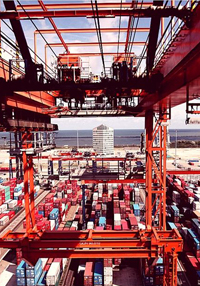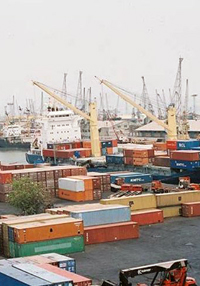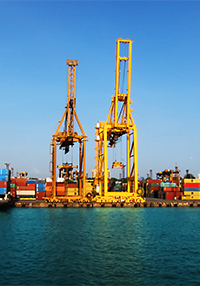This Insight analyses the importance of export finance as a tool to facilitate and promote exports in Sri Lanka. It identifies the bottlenecks that prevent effective use of export finance in the country and provides recommendations to improve availability, access and effective utilisation of export finance in the country.
This study examines the status of the export finance market in Sri Lanka and identifies the key limitations that prevent export finance from playing a proactive role in promoting exports. It reveals that the access, availability and diversity of export finance in Sri Lanka is limited and the few export finance solutions that are available remain weak and under-utilised. Export finance solutions reduce the risks faced by exporters such as country and commercial risks, encourage diversification into developing country markets, helps SMEs manage short term cash flow issues and allows exporters to attract buyers by offering better payment terms. By doing so, export finance can help promote exports.
This study examines the status of the export finance market in Sri Lanka and identifies the key limitations that prevent export finance from playing a proactive role in promoting exports. It reveals that the access, availability and diversity of export finance in Sri Lanka is limited and the few export finance solutions that are available remain weak and under-utilised. Export finance solutions reduce the risks faced by exporters such as country and commercial risks, encourage diversification into developing country markets, helps SMEs manage short term cash flow issues and allows exporters to attract buyers by offering better payment terms. By doing so, export finance can help promote exports.
Measures to prove compliance with an importing country’s standards and regulations are necessary for all exports. However, Sri Lankan exports to India suffer greatly from the associated costs and delays. This Insight proposes a Mutual Recognition Agreement (MRA) in Conformity Assessment Procedures (CAPs) to overcome this barrier and encourage further trade between Sri Lanka and India.
Sri Lanka’s history with bi-lateral trade agreements demonstrates the need for more careful negotiation. This Insight explains how the tariff benefits of the India Sri Lanka FreeTrade Agreement (ISFTA) have been outweighed by the existance of non-tariff barriers (NTBs).
The European Commission recently banned the import of Sri Lankan fisher-ies products for violating guidelines on Illegal, Unreported and Unregulated fishing. This Insight suggests that the ban was triggered by the behaviour of a small number of very large Chinese vessels run by a BOI registered company in Sri Lanka.
In this Research Bulletin, we provide a detailed analysis of Sri Lanka’s trade performance during 2013 and the first quarter of 2014. The review highlights the external and internal driversthat shaped Sri Lanka’s external trade developments. The key challenges the country faces in terms of tweaking trade policy to meet the twin objectives of reducing trade deficit and increasing government revenue is discussed in detail. The analysis shows that reducing the trade deficit by curtailing imports may be feasible in the short run, but it will adversely affect government revenue and economic growth.
Sri Lanka hopes to increase export revenue to USD 20 bn by 2020. This target is perceived as ambitious; but, compared to the country’s growth targets and the performance of regional peers, it is mediocre. This Insight explains that to be confident of setting and achieving ambitious export targets, Sri Lanka must go beyond symptomatic remedies and address the root causes of underlying problems with its export strategy.
Sri Lanka’s International Trade: Performance and Prognosis analyses Sri Lanka’s international trade with special reference to its trade deficit, apparel sector and tea exports. It also analyses and evaluates the policies and structural issues Sri Lanka’s trade faces.







